Additional notes (click to expand)
Medicinal
Medicinal uses
Uses supported by clinical data. Used for the symptomatic treatment of mild to moderate spasms of the upper gastrointestinal tract, minor gallbladder disorders, and dyspeptic complaints such as bloating and fl atulence (54–56).
Uses described in pharmacopoeias and well established documents. Used externally as an anti-infl ammatory agent (2).
Uses described in traditional medicine. Used for the treatment of vision disorders, gallstones, jaundice, irritable bowel syndrome, migraine, ringworm, whooping cough and warts (57–60).
In Chinese medicine Herba Chelidonii is used as an anti-infl ammatory agent in the treatment of oedemas, inflammation of the eyelids, and in ulcerative dermatitis (29).
Contraindications
In patients with biliary obstructions, existing or previous liver disease or hepatitis, concomitant use of hepatotoxic substances is contraindicated (80, 85).
WHO monographs on medicinal plants commonly used in the Newly Independent States (NIS). 2010. WHO, Geneva
All parts of the plant carry isoquinoline-type alkaloids in varying amounts.
Chelidonium majus is a drug registered in the European Pharmacopoeia under the monograph name Chelidonii herba. The European Pharmacopoeia standardizes the drug on the total alkaloids calculated on the chelidonine and requires a minimum of 0.6% alkaloids in aerial parts. The amount of alkaloids is quite high in the latex of the plant. This latex, rich in alkaloids, turns orange-red when it comes into contact with air.
The first medical records on the plant date back to the time of Dioscorides. Latex has a strong antiviral effect and is used in the treatment of warts. The tinctures prepared from aerial parts are used as antispasmodic and cholagogues in Europe. Until now, extracts of C. majus and a few isolated compounds have been determined to be primarily antispasmodic and cholekinetic. Apart from these, it has been determined that the extract and the isolated alkaloids have anticancer properties and are effective against pathogenic microorganisms. Chelidonium majus and isolated alkaloids show anti-inflammatory effects
https://link.springer.com/ https://link.springer.com/chapter/10.1007/978-3-031-07753-1_9
Toxicity
Contains isoquinoline alkaloids that may cause diarrhoea, vomiting and liver damage when ingested. Still available as a herbal medicine in some countries.
Professor Anthony Dayan, 2022
Chelidonium majus 'Flore Pleno'
Family: PAPAVERACEAEGenus: Chelidonium
Species: majus
Cultivar: 'Flore Pleno'
Common names: Greater Celandine, swallow wort
Pharmacopoeia Londinensis name: Chelidonium majus
Distribution summary: Garden origin
Habit: Perennial
Hardiness: H5 - Hardy; cold winter
Garden status: Currently grown
Garden location: Pharmacopoeia Londinensis 1618 'Roots' (HSE 2)
Reason for growing: Medicinal, toxic
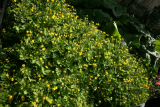

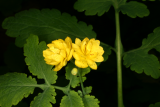
.JPG)

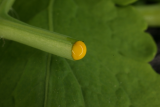
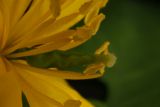
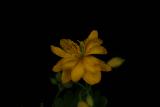
 (2).jpg)
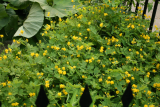
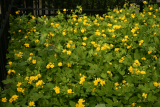
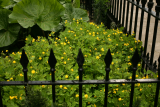
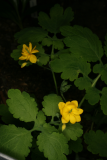
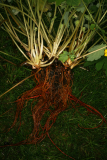
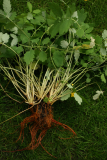
.JPG)

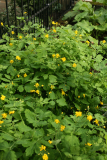

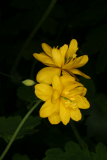
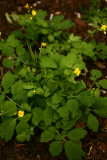
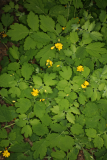
.JPG)